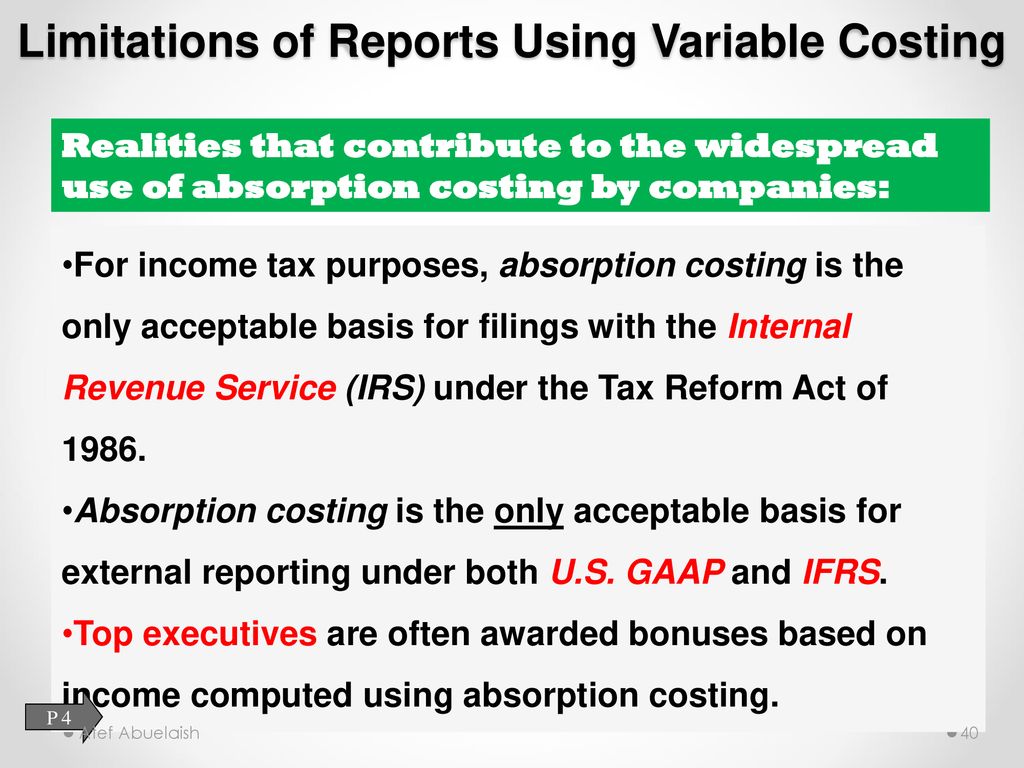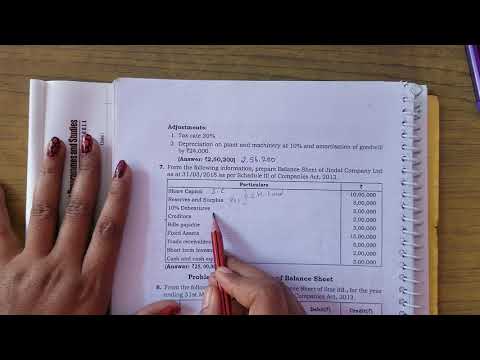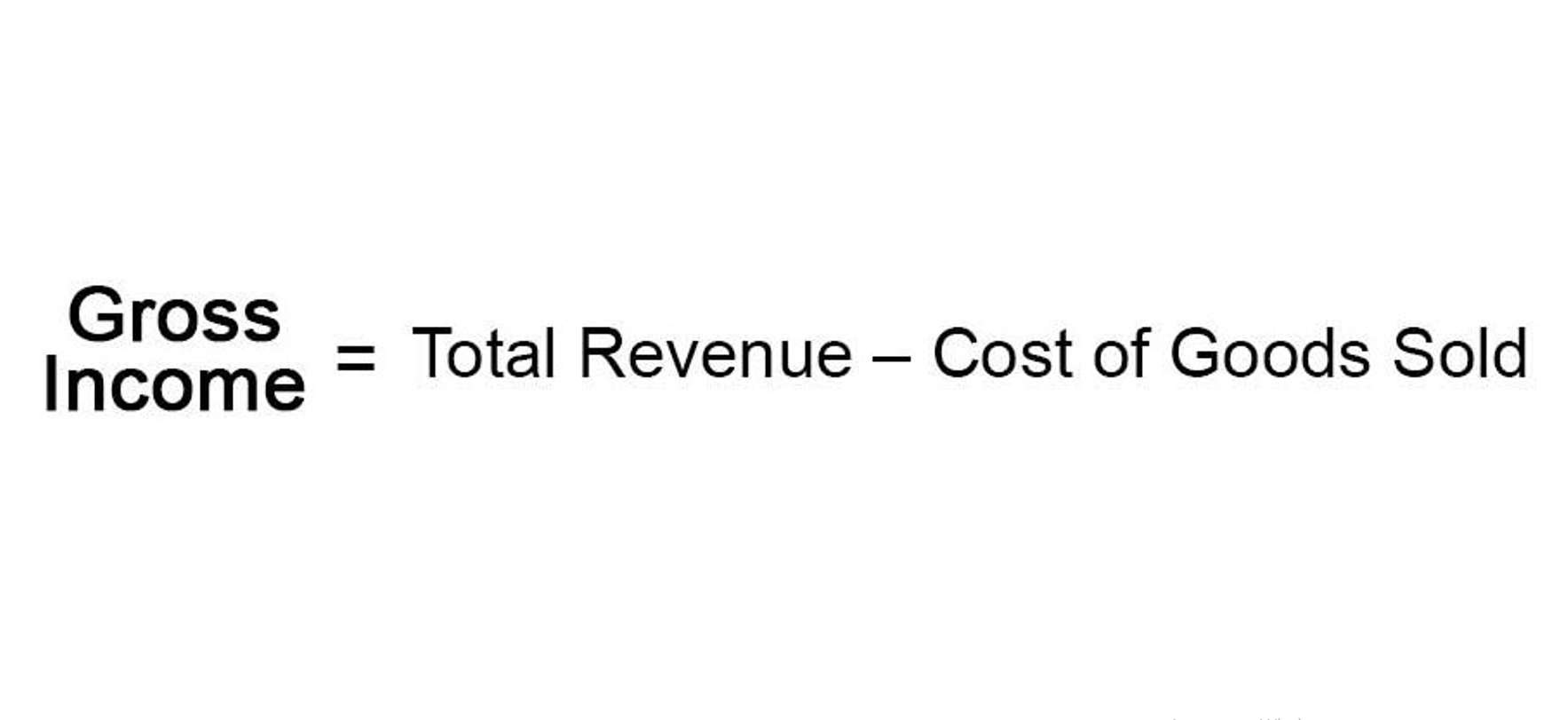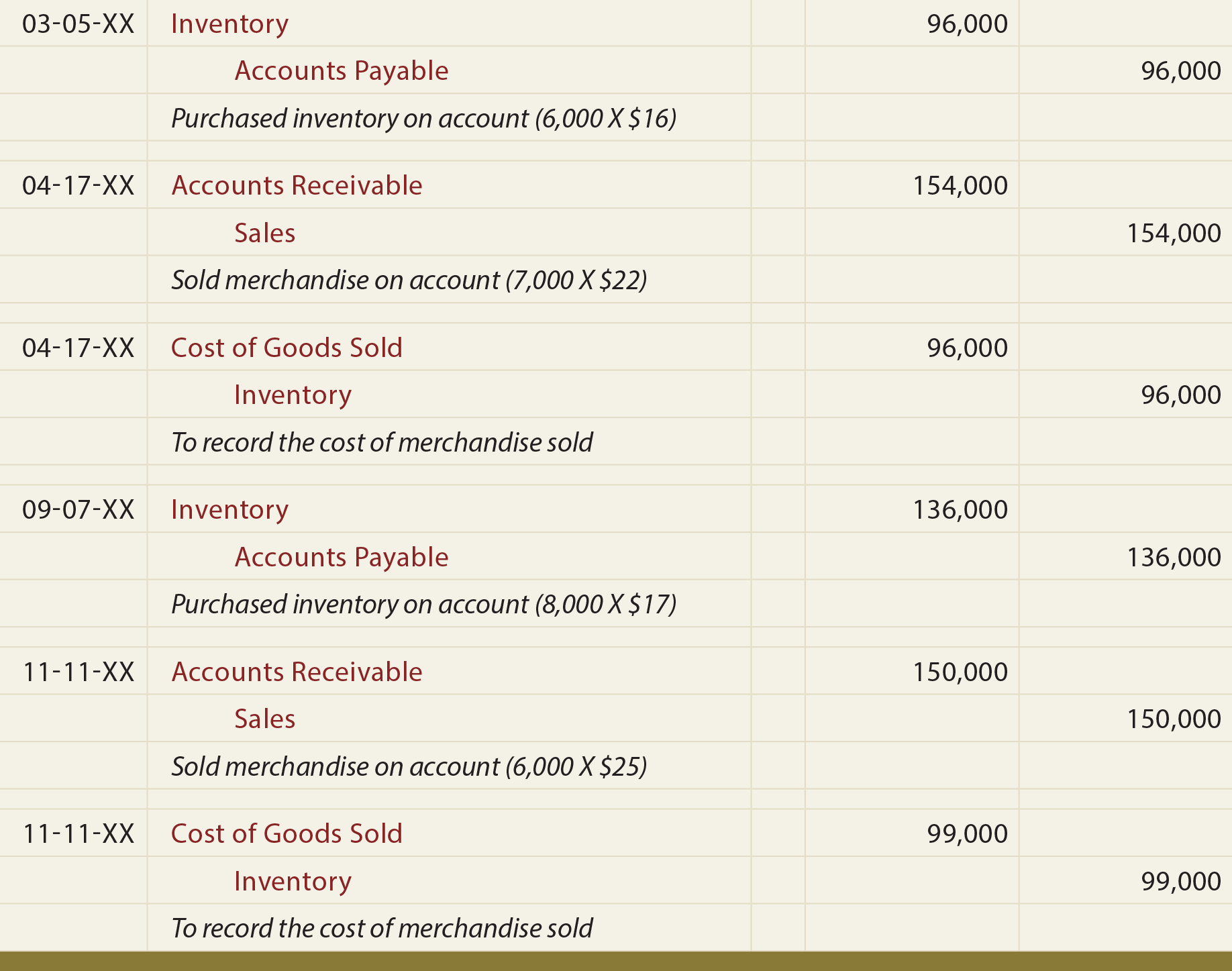
When you join and become Xero-certified, you get a Xero subscription for your practice, plus access to Xero HQ for managing clients. Join over 250,000 accountants and bookkeepers using Xero in their practice. Get the tools and benefits to help you advise with confidence. Together we’ll help you guide clients to better business decisions. Learn how to switch your clients and practice over to Xero, and get the most out of the Xero partner program.
- Get a free listing in the Xero advisor directory once you reach bronze partner status.
- The removable insole fixes this problem, but it is still worth noting.
- Xero adapts to the needs of your industry with customisable reports and tools, including third party apps.
- This is due to the lightweight polyester fabric and minimal rubber outsole.
Switch your clients and practice to Xero
Plus, these lightweight materials allowed our feet to breathe during our runs. We also took them on lots of runs because they were our favorite shoes for running. While we assessed their ground feedback, we also kept notes on their traction. This makes it much harder to roll over the side of your foot because there is less play in the shoe, and this lack of play can even help prevent early pronation. However, not all barefoot shoes have the same level of stability.
Should You Buy the Xero Shoes HFS II?
All pricing plans cover the accounting essentials, with room to grow. Tax time is less stressful with a system that’s easy for your whole team to use. Mr. Rose has a green MBA from Presidio Graduate School (emphasis on finance and carbon markets) and a BA in History and Anthropology from Pitzer College. All firms listed in the directory have staff members trained in Xero and eight or more clients on Xero. We specialize in Vend & Kounta POS systems setup as well as Xero cloud accounting setup and POS integration.
Move your clients to Xero
MTS Health Partners is a leading boutique investment bank that provides strategic and financial advice to the healthcare industry. We foster trusted client partnerships, creating alignment to achieve their goals. We provide our clients with creative thinking, candid advice, and commitment to results, advising them in pursuing the right strategic pathways rather than simply focusing on transactions. Through close client partnerships based on trust and shared commitment, we are at your side and on your side, every step of the way.
They have a unique lug pattern that isn’t typically seen in barefoot shoes. Most have almost no lugs or something that resembles an inverted lug pattern. These, on the other hand, have an exposed lug pattern that bites into hardpack trails. The lugs have a chevron pattern with sharp edges that grip onto dirt and rocks.

Save time and grow your practice
When you and your clients use Xero products, a dedicated Account Manager will be at hand to help you reach your business goals. When you’re looking for answers, simply start by searching in Xero Central.Our online community is also at hand, ask questions, share ideas, and solve issues with other Xero partners and our Xero product experts. The Xero advisor directory helps potential clients find and connect with your practice. Small business owners can browse for an accountant or bookkeeper by location or use Xero’s matchmaking tool to find a Xero partner who works with similar businesses to theirs. When you reach bronze partner status, you’ll get a free listing that you can customise to showcase your expertise.
Yes, the Xero App Store has hundreds of apps to help manage your business, including apps specifically designed for your industry and for doing business wherever you are located. No – Xero is based in the cloud, so all you need is an internet connection. But you need a multi-factor authentication (MFA) app to log in to Xero. MFA extra layer of security by checking that it’s really you when you log in. We took these shoes on all sorts of outings, from walking the dog and grocery shopping to trail running and lifting in the gym. We aimed to get an accurate picture of their ground feedback.
Enjoy additional benefits and free software as you move up the partner status levels from bronze to platinum. Get a free listing in the Xero advisor directory once you reach bronze partner status. By the nature of the product, barefoot shoes are typically not heavy. They are constructed on lightweight materials and very little rubber beneath the foot. Many include an insole that can be taken out for even more weight savings. Between shoes, barefoot shoes are often just ounces apart, most in our lineup weighing under a pound.
David S. Rose is the Manager of the General Partner of KG Partners and has over 20 years of investment and management experience. He is responsible for overall management of the firm including finance, capital structure, acquisitions, and investor relations. Your accountant or bookkeeper can be a valued business advisor so check what to look for when you choose one. It’s now easier to navigate your products and services list and view key information at a glance with new inventory filtering options within Xero Inventory. Filter inventory items by type (tracked or untracked) and apply this filter to your export.
Combined with a cloud accounting tool like Xero, your billing collections and expense management just got easy. Xero customers can now sell any time, anywhere, by creating a payment checkout without the need to create an invoice. Simply generate a payment link to share with your customers, xero partners and keep track of when you’ve been paid. No set up is required, but you must be connected to an online payment provider such as Stripe, GoCardless, or Paypal. Your practice can earn points in a number of ways, including bringing clients on to Xero and using Xero products.
When you reach bronze partner status, you’ll get a free listing that you can customize to showcase your expertise. As your practice moves from new partner to bronze, silver, gold and platinum status levels, you’ll unlock more benefits. These include badges to promote your status online, free access to tools like Xero Practice Manager and Xero HQ to help manage your practice, and a discount on Xero business plan subscriptions for your clients. Once you’ve joined the Xero partner program, we’ll get in touch to help get you started.















